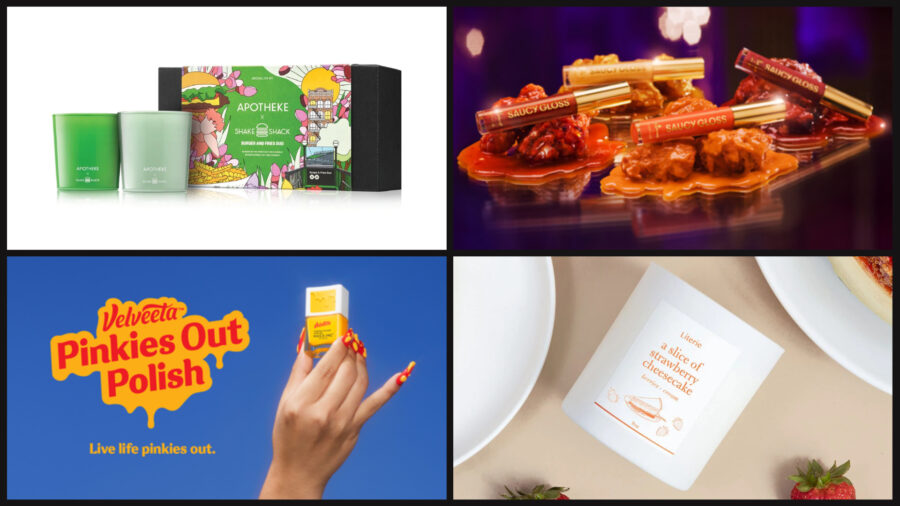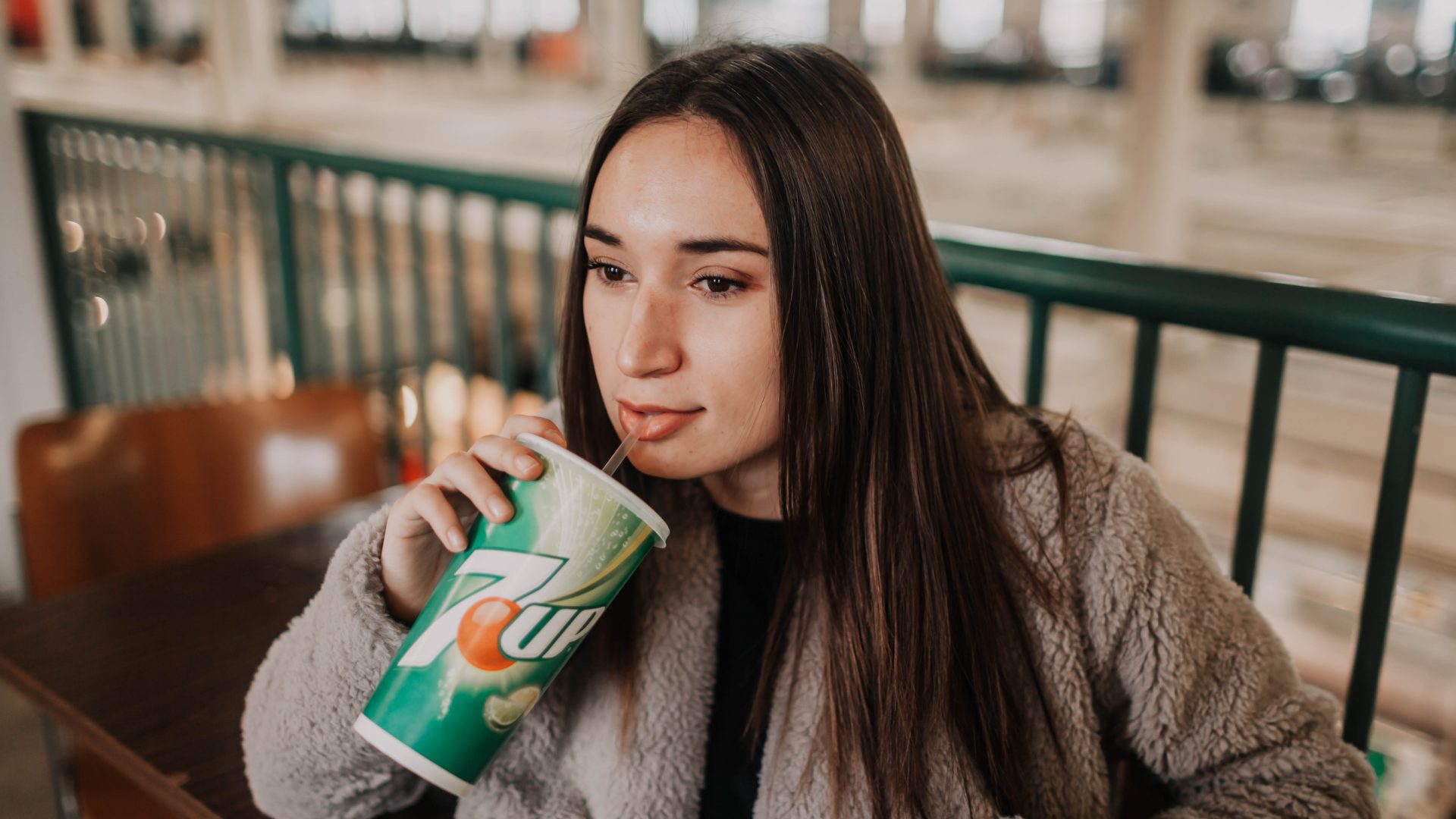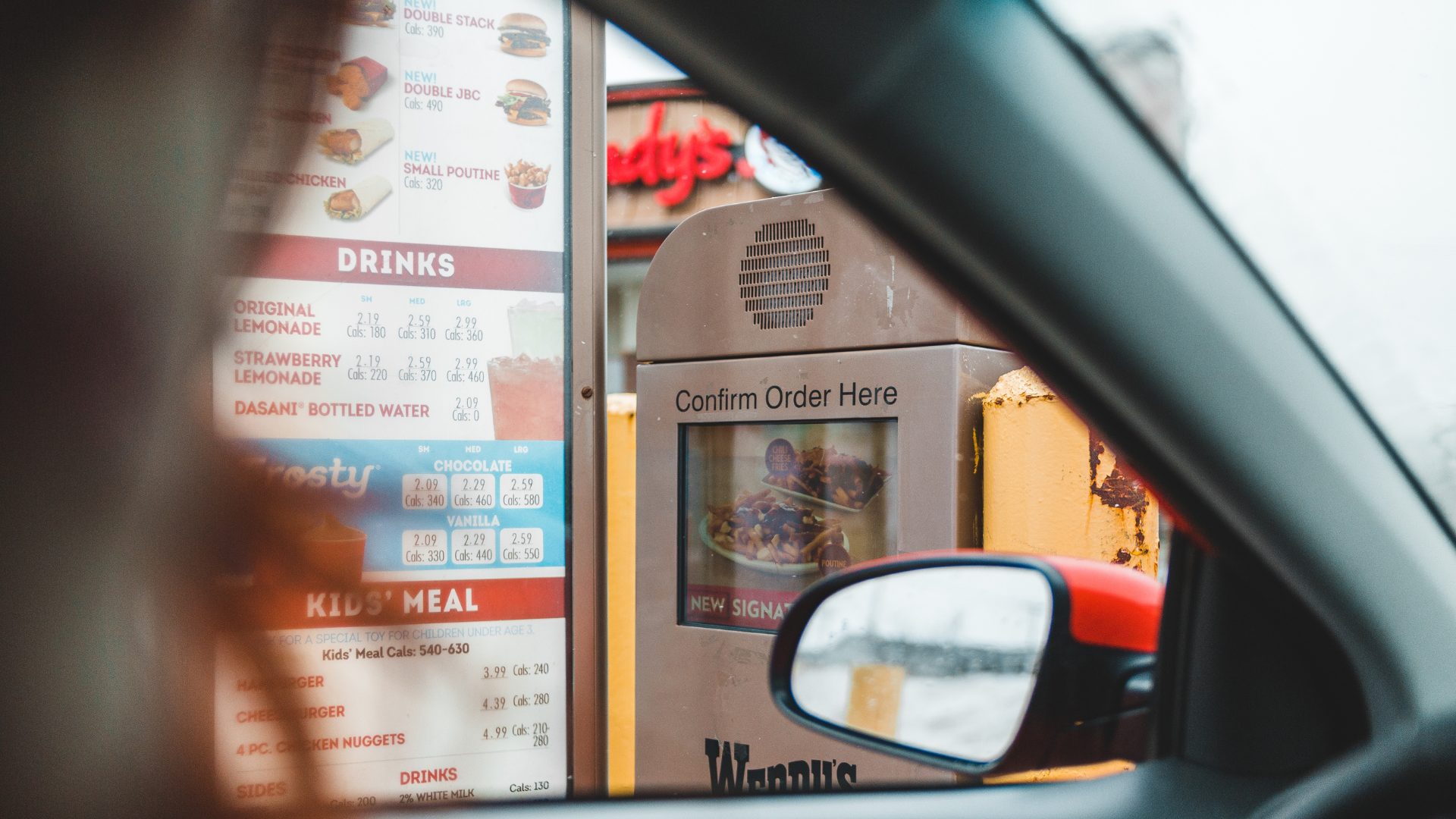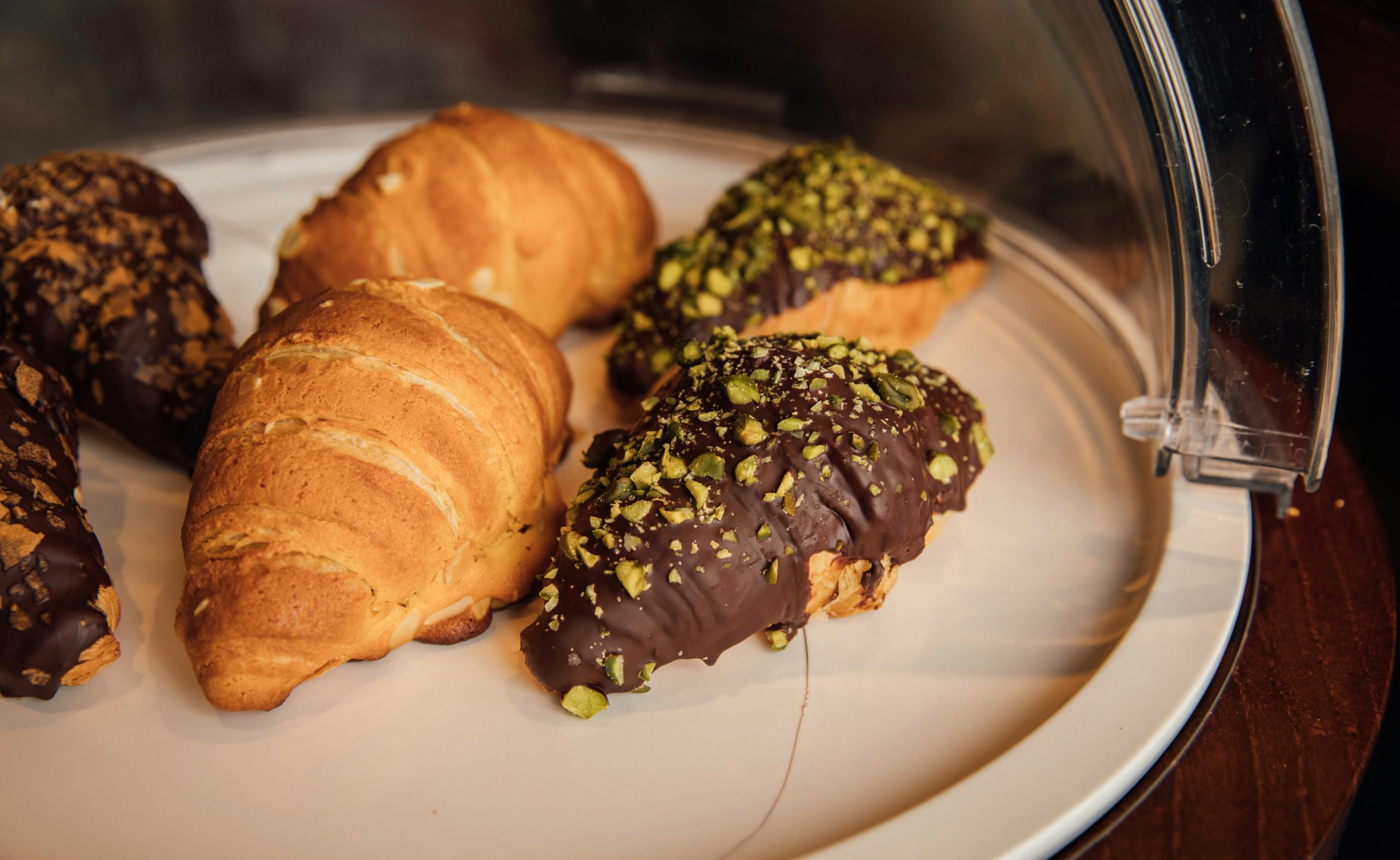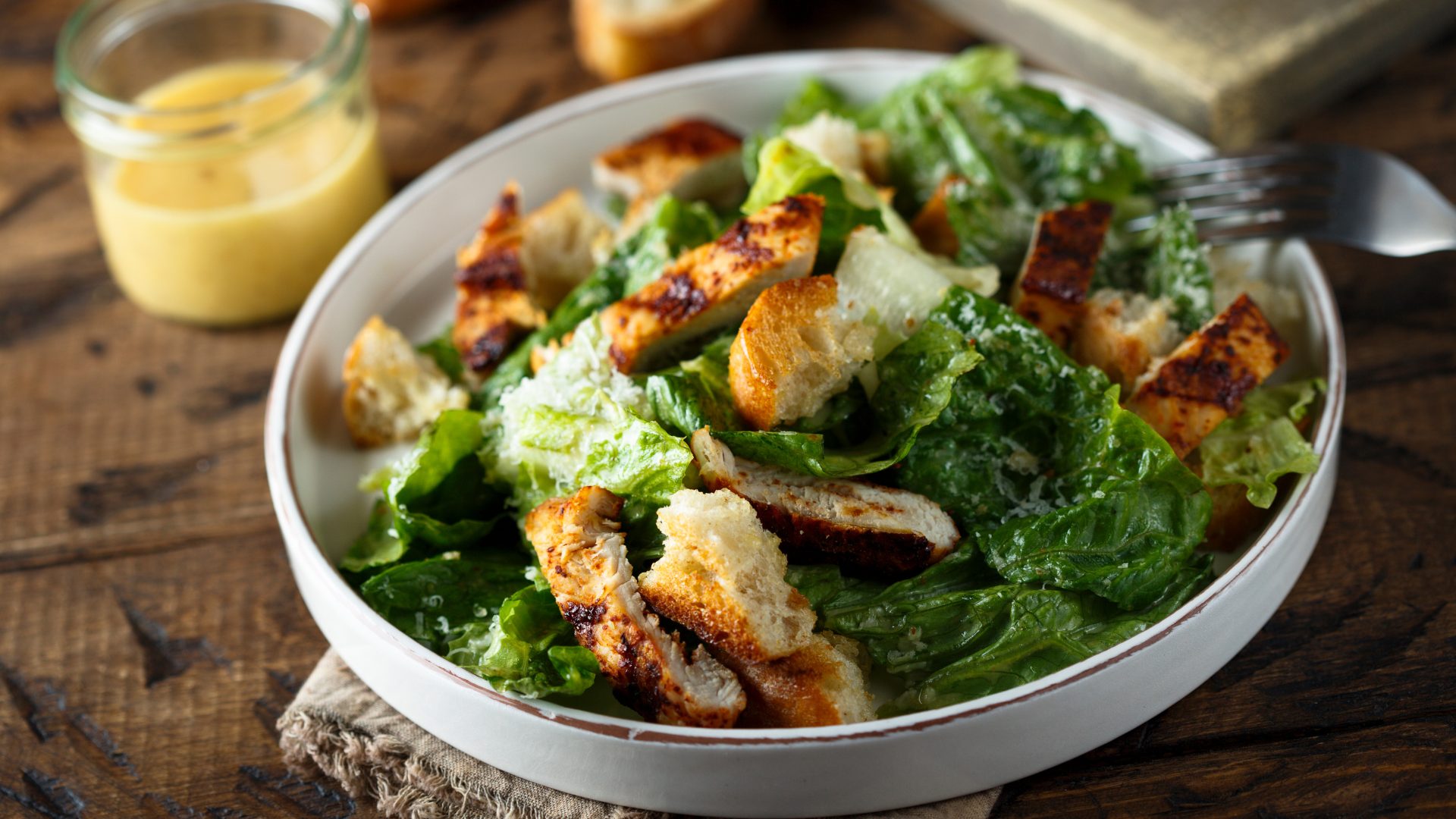From fragrance-driven LTOs to shopping in the metaverse, consumers will be seeking multi-sensory experiences in 2023.
After compiling more than 25 pieces on fragrance, flavor, and lifestyle trends in 2022, the Trendincite LLC team has released a report on underlying themes to consider in the year ahead.
Here are three trends to watch in consumer packaged goods.
Scent-Based LTOs
From fast-food scented candles to wing-sauce-flavored lip gloss, food and beverage brands are pursuing limited-time-only (LTO) product collaborations that highlight scent applications.
“Brands are launching limited-edition [items] inspired by different flavors in their portfolios, including savory flavors, cocktails, and sweet treats,” said Amy Marks-McGee, report author and owner of Trendincite, to The Food Institute. “[These] collaborations showcase creative scents or flavors, packaging, and naming conventions, which reflect both brands’ personalities.”
Trendincite expects to see more entertaining limited-edition food and beverage-inspired fragrances and partnerships in the year ahead.
Notable LTOs from 2022 include:
- Apotheke and Shake Shack – Burger & Fries Candle Duo
- Junior’s Cheesecake and Literie – “A Slice of Strawberry Cheesecake” scented candle
- Applebee’s and Winky Lux – “Saucy Gloss” lip collection
- Nails INC and Velveeta – “That’s La Dolce” cheese-scented nail polish
“HipDot and E.L.F. are known to collaborate with food and beverage brands on limited-edition cosmetics,” said Marks-McGee. “Last year the brands introduced the HipDot x Girl Scouts collection and the E.L.F. x Dunkin’ collection, respectively.”
Social Media Influence
Social media is heavily influencing food and beverage trends by fostering innovation, inspiration, creation, and collaboration, particularly through video platforms like TikTok.
According to Mondelēz International, 62% of consumers say they enjoy food content on social media with interesting food trends, grocery hauls, and sensory food content topping their list of priorities.
Furthermore,71% of consumers have talked about social media food trends at the dinner table and 76% say virtual viewing has inspired them to try foods in real life.
F&B in the Metaverse
As digital and physical experiences become increasingly blurred, brands and services are experimenting with the metaverse. According to McKinsey & Company, the metaverse could be worth an estimated $5 trillion by 2030.
“The metaverse is still new and marketers are trying to figure out the best practices to capture consumers’ attention,” said Marks-McGee. “It’s exciting to see brands develop products in the metaverse and concurrently develop them in real life. This gives consumers unique experiences online and offline.”
Communities like the MetaMarket – a self-proclaimed “virtual farmers market” – are among the innumerable meta platforms emerging in web3. There is also significant experimentation happening in the food service sector.
“Chipotle is a pioneer in using technology to push boundaries and engage with its loyal fans,” said Marks-McGee. “Last fall, Chipotle debuted a Garlic Guajillo Steak product on Roblox and was the first restaurant to launch a menu item in the metaverse.”


